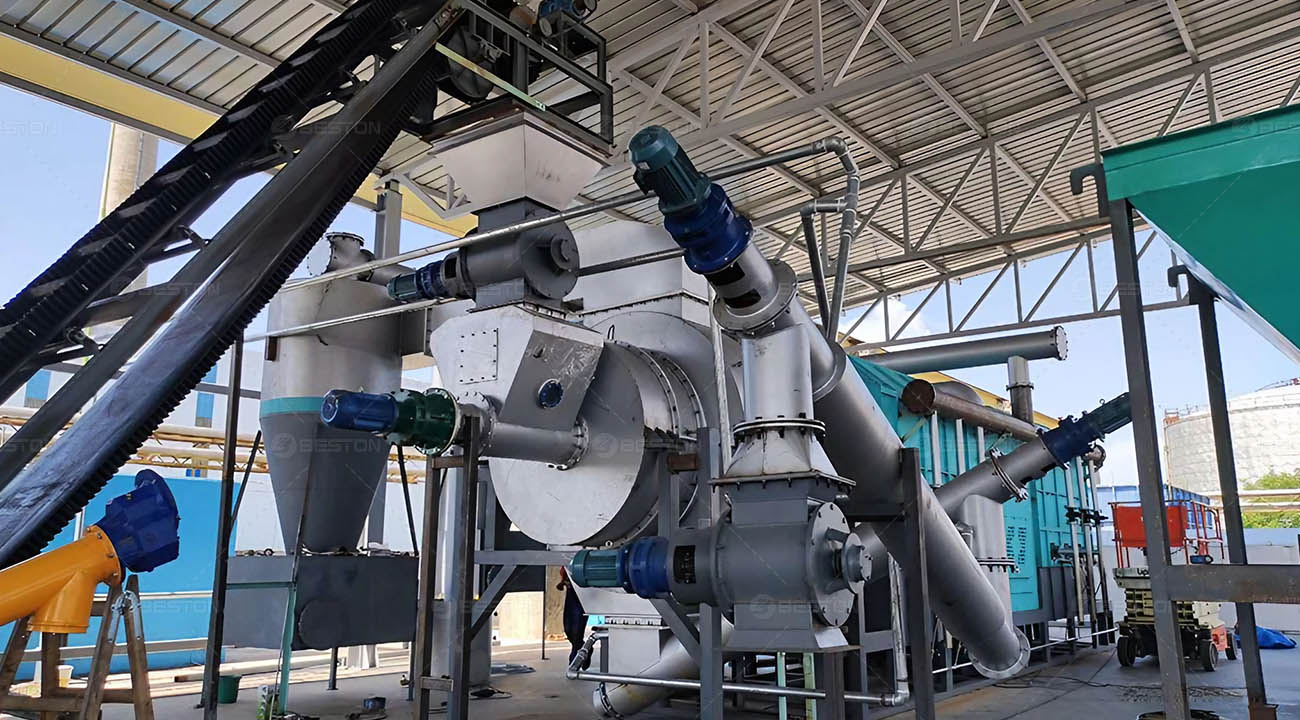The global demand for sustainable carbonaceous material has placed biomass-derived charcoal under close scrutiny. Among the diverse feedstocks utilized in pyrolytic conversion, coconut shell and rice husk present two distinct biomass profiles. Each exhibits characteristic behavior under thermal decomposition, significantly influencing the design and operation of a charcoal machine, as well as the quality and marketability of the end product.

Feedstock Properties and Thermal Response
Coconut shell is a lignin-rich byproduct with high density, low ash content, and elevated calorific value. Its structure offers excellent resistance to thermal fragmentation, making it ideal for the production of high-grade charcoal. The inherent hardness of the shell enables a consistent pyrolytic response, which is favorable in controlled carbonization environments.
In contrast, rice husk consists primarily of cellulose and hemicellulose, accompanied by a high silica fraction. Silica content may exceed 15–20%, contributing to substantial ash generation during pyrolysis. The thermal behavior of rice husk is more reactive, often requiring specialized temperature profiling and retention time adjustments within a charcoal making machine to prevent slag formation and to stabilize carbon yield.
Equipment Adaptation and Reactor Configuration
The physical morphology of coconut shell allows it to be easily handled by standard charcoal machine configurations, including horizontal carbonization kilns and rotary drum reactors. The material’s uniform size and thermal resistance support steady-state operation, reducing downtime and mechanical wear.
Rice husk, due to its low bulk density and friable nature, presents a challenge for feed consistency and airflow control within reactors. A rice husk charcoal making machine often incorporates pre-compaction units, fluidized bed systems, or auger-driven feeding mechanisms to maintain uniform thermal exposure and to minimize bypass combustion.
Additionally, emission control systems must be adapted to handle the higher particulate load and inorganic content associated with rice husk pyrolysis. Baghouse filters and cyclonic separators are often essential in maintaining environmental compliance and operational longevity.
Charcoal Output Characteristics
Coconut shell charcoal is characterized by high fixed carbon content—often exceeding 75%—with a minimal volatile matter component. Its low ash concentration (typically under 3%) and high energy density make it ideal raw material for coconut shell charcoal making machine.
Rice husk charcoal, while possessing significant porosity and functional surface area, tends to yield a lower fixed carbon percentage, often in the range of 40–50%. The ash content, driven by silica, can exceed 20%, limiting its use in applications where combustion efficiency or chemical purity is critical. However, the high silica content provides utility in the production of pozzolanic materials and silicon-based industrial compounds.

Environmental Impact and Residue Management
Coconut shell pyrolysis generates minimal post-process residue, allowing for streamlined ash disposal and flue gas scrubbing. Its combustion byproducts are comparatively benign, which simplifies integration into decentralized rural energy systems or clean cooking initiatives.
Rice husk, due to its elevated ash and particulate generation, demands more rigorous emission abatement systems. The silica-rich ash, if not properly managed, can lead to clogging of filtration systems or environmental contamination. Nevertheless, the ash has downstream value in cementitious material manufacturing and can be harvested as a co-product when processed appropriately.
Economic and Market Considerations
The end-use market for coconut shell charcoal commands a premium due to its physical strength, low impurity level, and high adsorption capacity. It is commonly processed further into granular or powdered activated carbon. Thus, the charcoal briquette making machine used for coconut shell applications often justifies higher capital investment due to the return potential.
Rice husk charcoal, while more accessible in terms of feedstock cost and availability, is typically positioned in lower-margin markets. These include agricultural soil conditioning, biochar for carbon sequestration, and low-grade fuel for industrial kilns. The operational efficiency and feedstock logistics of the charcoal machine become pivotal in maintaining economic feasibility.